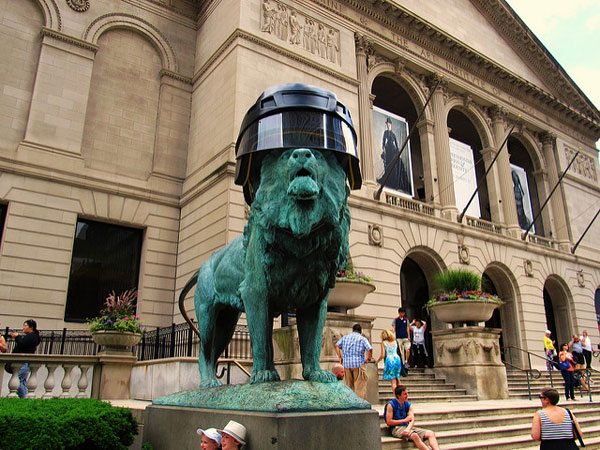
April 17, 2018; Artnet News
The Art Institute of Chicago has received that holy grail of nonprofit gifts: an enormous unrestricted donation.
Artnet News reports that the museum received $50 million from trustee Janet Duchossois and her husband, Craig Duchossois, with another $20 million coming from Board Chairperson Robert Levy and his wife Diane for acquisitions and operations.
Janet and her husband credited museum president and director James Rondeau for their willingness to give such a large unrestricted gift, saying, “Craig and I chose to make this unrestricted gift to demonstrate our confidence and support of James Rondeau and the board. We are proud to be partners in their strategy and approach for the museum both today and in the future.” We can hardly imagine a greater testimony to the importance of visionary, communicative leaders who establish trust and good relationships with their donor base.
Rondeau told the Chicago Tribune, “These gifts are allowing us to now start to conceive what our future might look like, rather than specifically funding an existing plan.”
Sign up for our free newsletters
Subscribe to NPQ's newsletters to have our top stories delivered directly to your inbox.
By signing up, you agree to our privacy policy and terms of use, and to receive messages from NPQ and our partners.
As Ruth McCambridge noted for NPQ last year,
Unrestricted, multi-year gifts are still far too rare…most [nonprofits] could use a break from the constant unnecessary hamster wheel of applying yearly for grants in an expensive momentum-slowing cycle and from receiving monies that may be restricted for one purpose when they really need them for another. That is how organizational infrastructures erode, and even dedicated nonprofits veer off mission periodically.
Though both Rondeau and Levy have hinted at plans for the money, none have yet been explicitly set. The museum’s long-term plan includes hopes for a new building devoted to Asian art, a specialty of Rondeau’s. Levy said that he hopes the family’s gift will “provide support to limit future price increases….For us, access is a very important issue.” NPQ has noted the ongoing controversy in the art world over museum admissions, which are an issue of sustainability versus access. Perhaps the museum might consider joining the W.A.G.E. certification program, in which museums voluntarily pay minimum standard fees to artists whose work they display.
Prior to this week, the museum’s largest cash gift was $35 million, which was earmarked for new art purchases. For a large gift like the Duchussoises’ to be unrestricted is rare, but it will allow the museum flexibility to develop in ways that are faithful to its mission and vision, something many nonprofits might envy.—Erin Rubin












